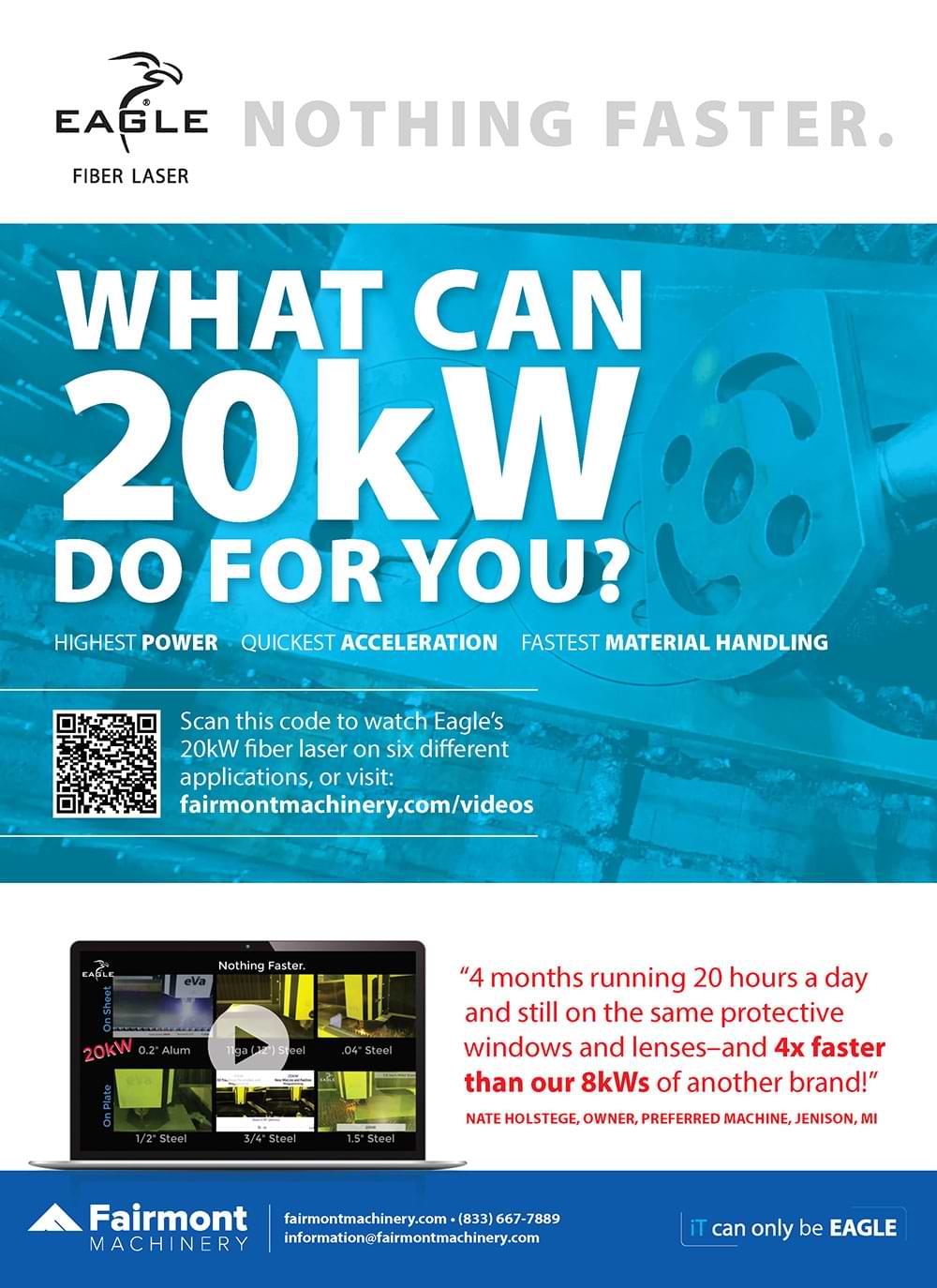raditional manufacturing built the world we live in. When engineers introduced subtractive numerical control (NC) manufacturing in the 1940s, it empowered industries to mass produce more complex parts with even greater precision. It also drove a true paradigm shift in the way we innovate and create prototypes, allowing manufacturing processes to evolve into what they are today.
In recent years, additive manufacturing (AM) has advanced exponentially and become increasingly cost effective and sustainable. As a result, many manufacturers have combined additive and subtractive techniques in their mass-production operations.
Now, next-generation metalworking fluids designed for compatibility with both traditional and AM workpieces are transforming the market. In addition to adding the capabilities of AM technology, the advances in metalworking fluids are helping manufacturers push the limits of traditional metalworking techniques.
Now with additive manufacturing, designers use CAD programs to dissect their 3D models into ultra-thin layers. Rather than drawing a cutting path, the data guides various types of machines to distribute specialized additive materials in the desired pattern or shape, layer by layer. The material cures to the preceding layer almost instantly, and as the machine works, it builds parts from the ground up, almost like laying a brick wall at a micron level.
Some manufacturers have completely switched to AM techniques, while others offer hybrid services. Though many of the previous issues of large-scale manufacturing with AM have been resolved, one of its biggest challenges remains finish quality and production speed.
Manufacturers running hybrid operations complete initial production with AM, and finish with traditional metalworking techniques. Having a wider array of equipment available also makes it possible for shops to produce multiple types of products at once while increasing overall throughput. However, this calls for a new approach to selecting coolants to meet these complex production demands.
AM pushes the limits of prototyping possibilities, while conventional manufacturing techniques take parts across the finish line. Now, advancements in cutting fluids are expanding the capabilities of subtractive and near-net-shape manufacturing while empowering manufacturers to incorporate AM into their processes.
These AM capabilities can be achieved alongside the triple benefit of increasing productivity, lowering operating costs, and reducing waste. Advanced TRIM cutting fluids are formulated to fight bacterial growth with a longer sump life and minimal maintenance. This increases throughput by eliminating downtime for fluid replacement, so machines can operate longer.
The high lubricity and cooling properties of the fluids also allow machine operators to machine with less wear on the machines and tools, offering additional increases to productivity. TRIM fluids are formulated to reduce carry off to lower coolant consumption and waste.
WEDOLiT’s advanced formulations often incorporate multiple functions into single-forming fluids. Conventional forming and stamping operations use stamping fluids, which are applied at the beginning of the process to protect workpieces during manufacturing, and corrosion inhibitors implemented at the end. Now, many next-generation forming fluids offer these capabilities combined into one product, reducing the total number of steps needed in production without sacrificing part quality. This drastically reduces fluid consumption and waste, cutting fluid and labor costs as a result.
Additive manufacturing is often accomplished with wire and powdered metal substrates. Even combinations of different material layers are now possible in the same part. When finishing or reworking them with traditional techniques, it’s important to use metalworking fluids that are compatible with these new generation materials. The newest generation of coolants such as TRIM HyperSol 888NXT and MicroSol 692XT can produce high-quality finishes without harming the AM part. They are versatile enough to provide superior performance in mixed additive and subtractive environments.
Metalworking fluids comprise only a small percentage of every manufacturer’s budget—which is why it’s often overlooked. But with these advancements, conventional part makers can operate more like additive manufacturers, using AM techniques without compatibility issues.
